Philodendron Hastatum Tissue Culture
$5.16
Philodendron Hastatum is a perennial vine that is a member of the Cucurbitaceae family. It can be found in most parts of the world, except for the Andes Mountains where it is not a natural species. It can also be found in the southern United States, in coastal areas of Florida and California as well as in Mexico. The plant grows up to six meters in height and has greyish-green leaves with white, ribbed stalks.
Out of stock
Philodendron Hastatum Uses:-
Philodendron is a popular plant with several common uses. Many gardeners know this more as Philodendron centifolia. But what exactly is Philodendron Hastatum Plant? How to grow Philodendron Hastatum Plant? And what are its uses? This article aims to give answers to these questions.
First, we should mention the common name. Philodendron is derived from the Latin word “philodestra”, meaning flower. Another related plant is the Philodendron foxtail. Both belong to the family of Vascular Plants. They grow best in sunny and well-drained locations, though they may need some shade or low maintenance.
Where does Philodendron Hastatum? The plant grows best in well-drained soil that has good drainage. The leaves and root can be trained to climb a tree or shrub. Leaves are alternate, and the plant flowers in late spring or early summer.
Philodendron Hastatum Health benefits:-
- One of the most valuable properties of this plant is its ability to retain moisture. In fact, it is a fantastic drought-tolerant plant that does not need much water to survive. Because of its rigid structure, Philodendron Hastatum does not need a support system to survive, thus it can be easily established anywhere in any soil types. This means that it can be a useful companion plant even in places with extreme weather conditions. Its root systems allow it to spread easily to new locations, improving its route network that can benefit your soil and plant growth.
- As it is hardy in most areas, it can provide many benefits to your garden or landscape. It can provide year-round habitat for a wide range of animals and pests, as well as shielding the soil against harmful microorganisms. Besides, well-established plant growth can improve the texture and quality of soil, make it more fertile, and help prevent soil erosion.
- One of the major benefits of Philodendron Hastatum is its ability to conserve water. During droughts, the plant growth will store water in its leaves and stems. This will keep the leaves from wilting and the plant from drying out. The soil around the plant is also protected since the root systems are deep. Therefore, the plant will not require much water to survive.
- In nature, plants are constantly being eaten by several insects, fungi and pests. This constant suction from the soil can weaken the plant roots over time. However, Philodendron Hastatum is an excellent plant root protector. It has strong roots that can withstand bad soil and can resist extreme temperatures. Besides, the plant has tubular leaves which protect it from wind and cold. In fact, the leaves are covered with a protective shield called “sulcus capital” that is capable of warding off bugs, mites, fungus and other harmful insects.
- Many people choose to use Philodendron Hastatum for several reasons. If the soil is too dry, it can act as a sponge. This will help the plant grow and flourish by storing water in the root system and then using that water to help the plant grow. If the climate is too warm, it can act as a heat reservoir. Finally, if the plant has been overwatered, it will restore the soil to its normal PH level and the roots will soak up the extra moisture.
Philodendron Hastatum Properties:-
- The Philodendron’s leaves are dark green, about two to three inches long, and broadly toothed. Dark-coloured petals are broadly toothed and have three points at each end. The flower stalk, which can be short or long, blooms on a late spring day. The centre leaf blade is ivory-coloured, with an obvious white feathering within it. The flower heads, which are actually stalks, have three to four long pointed leaves. There are several species.
- The stem of Philodendron Hastatum leaf is erect, tapering to a stubby base, and growing up to three feet tall. The tapering shape of the stem provides protection from the sun and cold but does not restrict water and air. The flower heads contain numerous leaflets. The leaflets are white with a red tip and contain many tiny flowers. The flowering period is late spring through summer.
- Older leaves of Philodendron Hastatum appear to lose their colour, becoming pale yellow or brown. Newer leaves have a lustre and look fuller. The leaflets are toothed and contain numerous hairs.
- The flowers of Philodendron leaf are large and contain several ray-like prominences. The ray-like prominences are surrounded by a band of white hairs. Each flower consists of three ray-like prominences, with the middle ray being larger than the rest. The flowers are used for jams, jellies, juices, and potpourri.
- A variety of climates exist for the Philodendron species. There is a climate in Europe similar to that of Australia, although colder. This plant can grow in any southern region where it is warm enough. It is considered to be low maintenance, and the leaves do not grow too high.
- Philodendrons require moderately heavy amounts of soil, preferably one to two inches deep. The soil should be moist, and well-rotted. Leaves will drop off, as the plant grows. They need to be fed every other week, with a half-ounce of nitrogen per pound of plant weight. Do not feed plants in autumn.
- Philodendron Hastatums are low maintenance plants but do require pruning. If branches fall, they should be cut back to avoid scarring. Occasionally, the vigorous growing buds of a Philodendron may fall on the ground and bruise it. This should be prevented and can be done with scissors. Branches should be trimmed away from the main trunk, and the buds should be kept below the ground.
- To keep the foliage green, the leaves are clipped weekly with scissors. To eliminate the green appearance, occasionally repot the plant. Branches should be removed, and new growth trimmed back. Wounds heal quickly with scissors, and repotting is required only once a year. Branches that grow into the flowerpot should be removed. A saucer or wire basket placed over the plant will retain the water and keep the branches from falling into the flowerpot.
- When the Philodendron Hastatum leaves turn yellowish, it is time to change the flower. Branches should be removed and replaced with white, glossy leaves. To assure good colour, take the leaf to a gardener who will know how to match it with a Philodendron in your garden. Replacement of the leaf should be given careful attention because it is an important indication that the plant needs attention.
- To get the most from your Philodendron plants, don’t overfeed them. A generous portion of soil is not necessary for a healthy plant. Overfeeding will result in root rot, which will eventually kill the plant. Following these basic care instructions will give you years of pleasure from this wonderful member of your family.
Be the first to review “Philodendron Hastatum Tissue Culture” Cancel reply
Related products
Tissue culture
Tissue culture
Tissue culture
Tissue culture
Tissue culture
Tissue culture
Tissue culture
Tissue culture

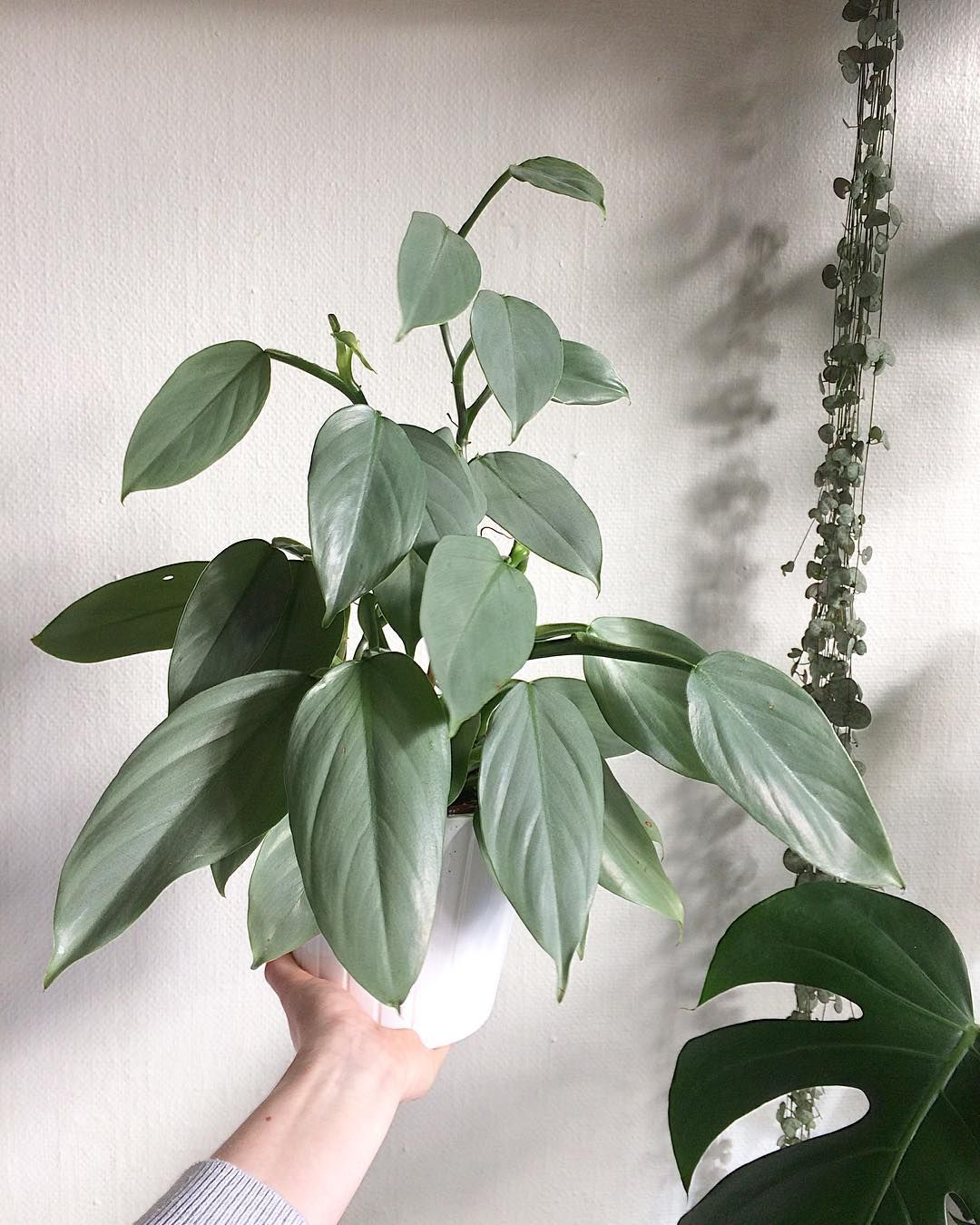

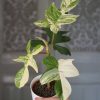
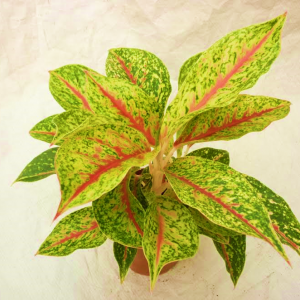
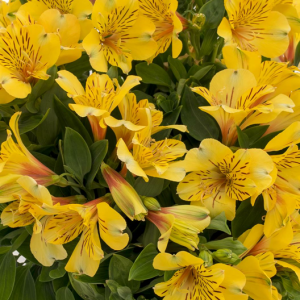
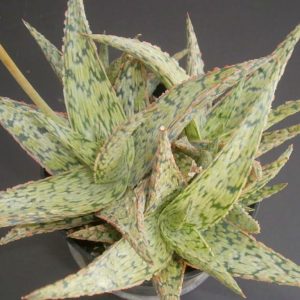
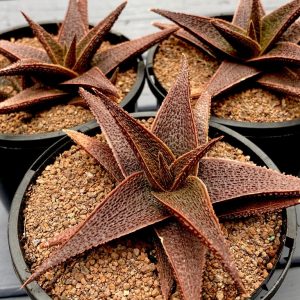
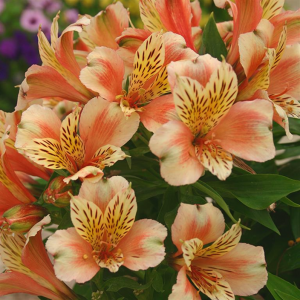
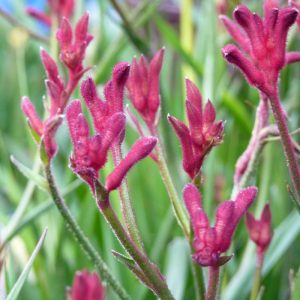
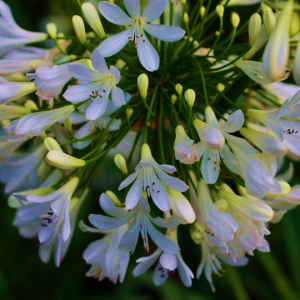
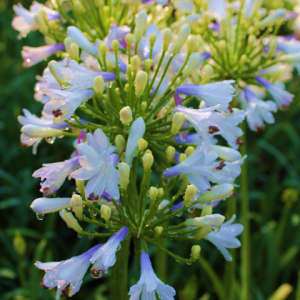
Reviews
There are no reviews yet.